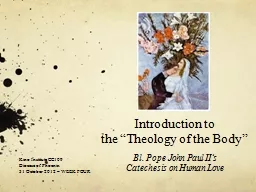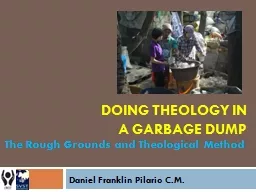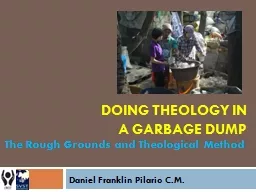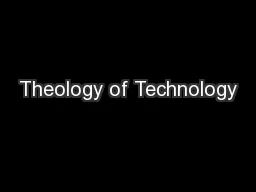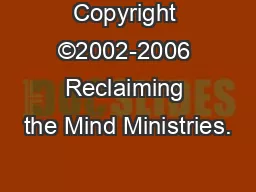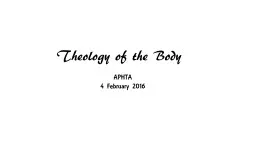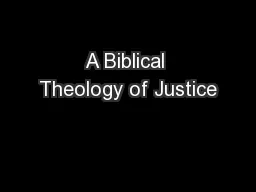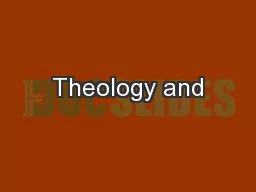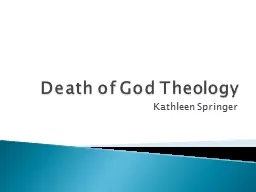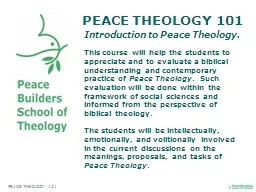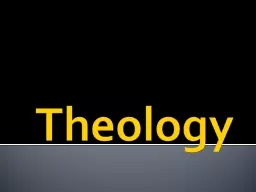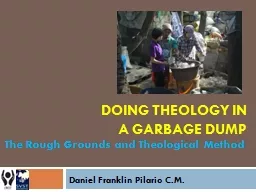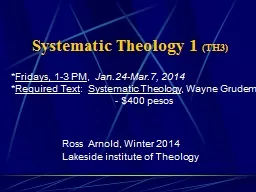PPT-Introduction to the “Theology of the Body”
Author : sherrill-nordquist | Published Date : 2018-10-21
Bl Pope John Paul IIs Catechesis on Human Love Kino Institute CC109 Diocese of Phoenix 31 October 2012 WEEK FOUR Mary said Behold I am the handmaid of the Lord
Presentation Embed Code
Download Presentation
Download Presentation The PPT/PDF document "Introduction to the “Theology of the B..." is the property of its rightful owner. Permission is granted to download and print the materials on this website for personal, non-commercial use only, and to display it on your personal computer provided you do not modify the materials and that you retain all copyright notices contained in the materials. By downloading content from our website, you accept the terms of this agreement.
Introduction to the “Theology of the Body”: Transcript
Download Rules Of Document
"Introduction to the “Theology of the Body”"The content belongs to its owner. You may download and print it for personal use, without modification, and keep all copyright notices. By downloading, you agree to these terms.
Related Documents

